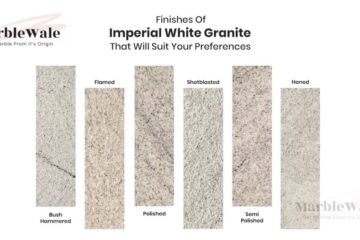Navigating Educational Content Development Workflow with Expertise In Educational Publishing Services

Educational publishing services are critical in the shaping of content that not only educates but helps to engage learners. This post examines the intricacies of the scholarly publishing content development workflow by explaining each step and why it matters.
Understanding the Content Development Workflow
The content development workflow in educational publishing is characterized by various stages, which are all crucial for providing high-quality educational materials. It starts with planning and goes through creation, review, editing, and publication. Such an organized approach enables the final educational material to be up to standard while achieving its purpose.
-
Planning: The Foundation of Educational Content
The first phase of the content development workflow is thorough planning. During this process, educational publishers partner with subject matter experts (SMEs), educators, and instructional designers to develop details like the scope, objectives, and targets of the academic assets. Well-defined goals and robust roadmaps provide a foundation for a successful journey in creating content.
-
Creation: Crafting Engaging Educational Materials
Once the planning stage is complete, the actual creation of educational content begins. The education content creators embark on this phase, working with writers and designers to create educational materials that engage learners. The emphasis is on feeding information and making such content lively and accessible for learners. This involves the addition of interactive functions, an integration of multimedia elements, and ensuring that the content goes hand in hand with the requirements of educational standards.
-
Review: Ensuring Accuracy and Educational Effectiveness
The content then undergoes a meticulous review process, after which it is polished accordingly. After being made by a team of professionals who incorporate their efforts together until they meet their agreed goals, subject matter experts come in along with other specialists and peer reviewers, and there are several milestones toward publication. For the learning material to meet its educational standards, it must go through a critical review process to reach its intended audience.
-
Editing: Refining for Clarity and Consistency
Editing is one way of refining educative materials and making them suitable for publishing. Language editing and clarity checking, among others, ensure that these contents sound professional throughout all sections, including grammar soundness, language consistency, and coherence. Consequently, having well-edited content results in high quality and enhances credibility for publishers in providing education services, thus contributing to highly appreciated textbooks worldwide.
-
Publication: The Value of Education
Publishing is the final phase in the process of creating content. Companies that deal with educational publishing employ various platforms, both traditional and digital, for the dissemination of educational materials to their target audience. It includes formatting, optimizing design, and device compatibility. The aim is to provide people with knowledge while covering as many individuals as possible.
Workflow Optimization through Educational Publishing Services
Educational publishers play a vital role in streamlining content development workflow. These particular providers have the expertise, experience, and a deep understanding of education standards. This way, academic needs are met while learning materials engage scholars as required.
For Diverse Learning Needs, Customization
There are different learning needs and preferences which educational publishing services take into account. This is by allowing the content development workflow to be adjusted according to various learning styles, thus making sure that education materials are suitable for many learners. The creation of an educational experience that appeals to a variety of audiences necessitates customization.
Conclusion: The Way to Foster Successful Creation of Educational Materials
To conclude, content development workflow is a multifaceted process requiring thorough planning, innovative execution, and strict quality control to ensure that it benefits students. One of the ways that this can be improved is by involving educational publishing services at every stage. These services have leveraged technological advances to develop practical learning tools that address students’ needs while conforming to academic standards. This implies teamwork between content developers and educational publishers who should create an enabling environment for sustainable best teaching practices given today’s highly dynamic world in education.
Leave a reply
You must be logged in to post a comment.








